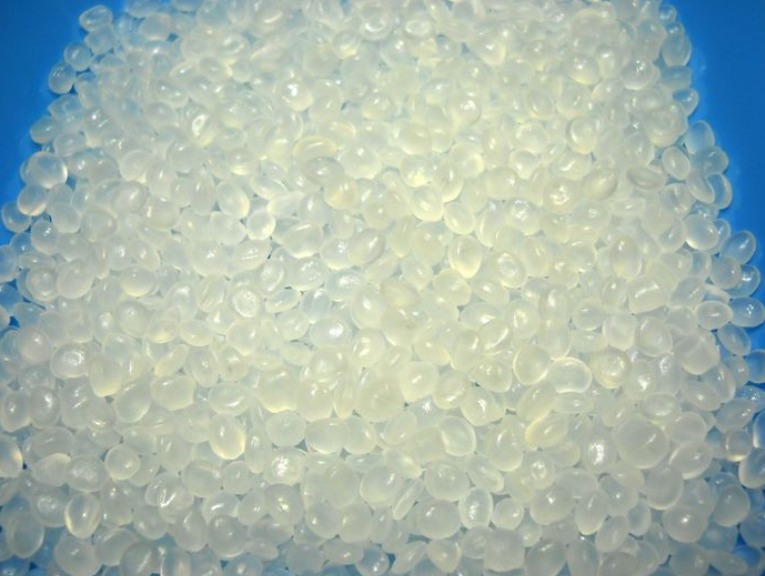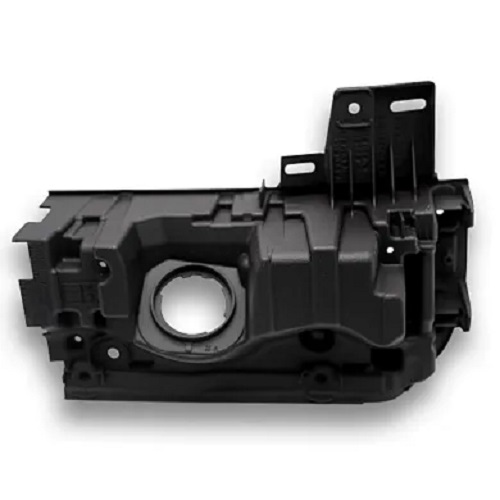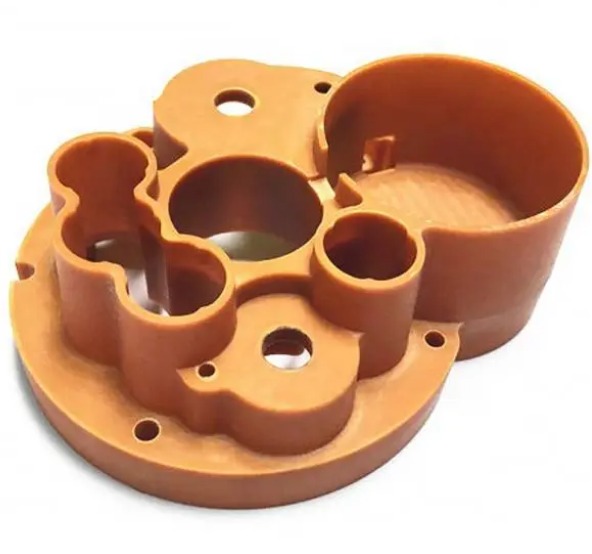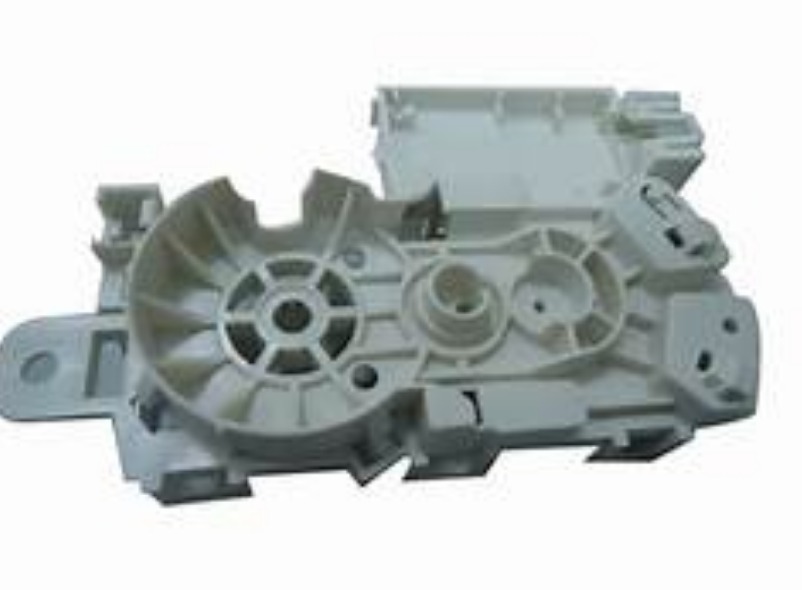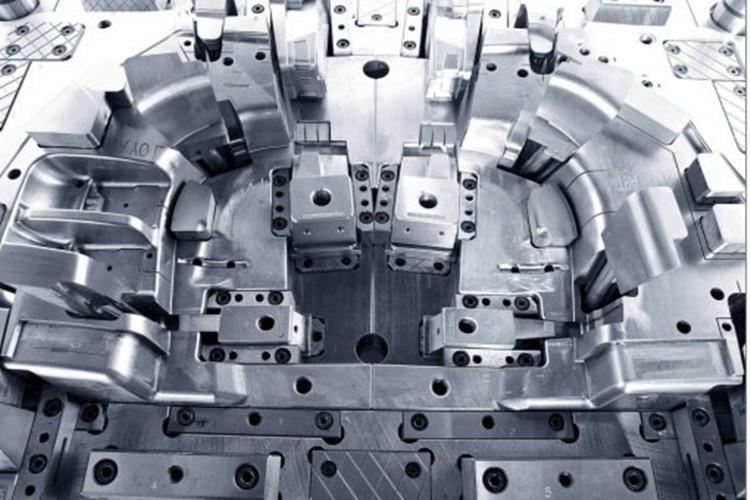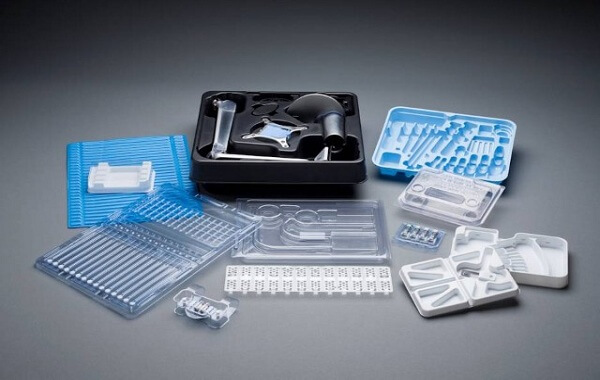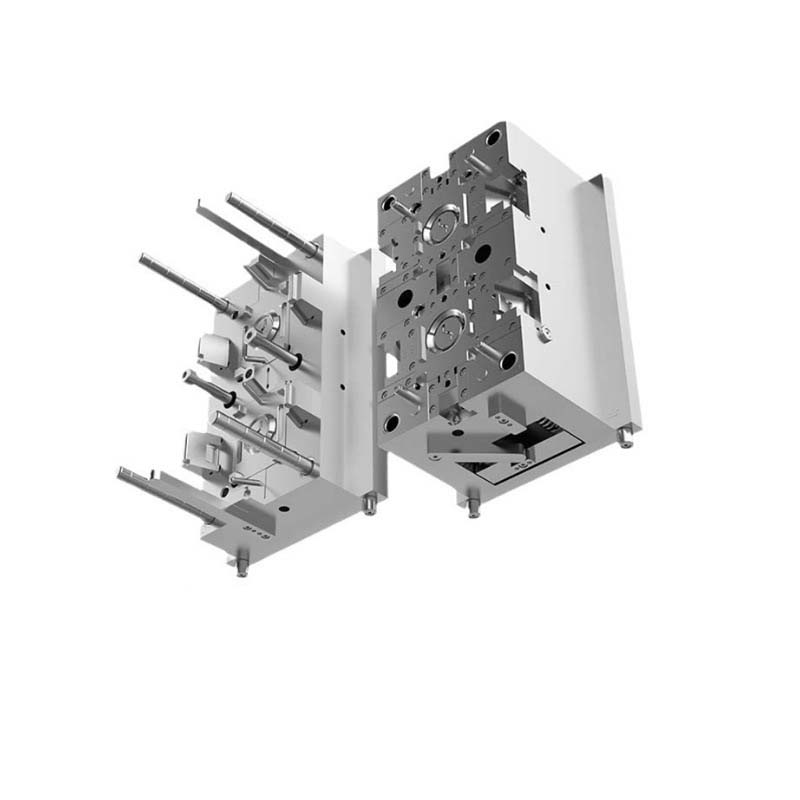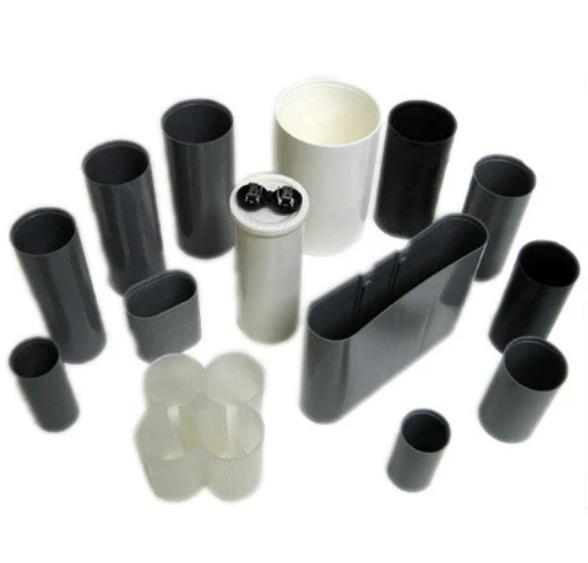Understanding the Basics of Plastic Pellets
Plastic pellets, often referred to as the "building blocks" of the plastic industry, are small, uniform granules that serve as the primary raw material for injection molding. These pellets come in a vast array of polymers, each with its unique set of properties, making them suitable for a wide range of applications. For instance, polyethylene (PE) pellets are known for their excellent chemical resistance and flexibility, making them ideal for products like plastic bags and bottles. On the other hand, polypropylene (PP) pellets offer high heat resistance and stiffness, which is why they are commonly used in automotive parts and household appliances.
The significance of choosing the right plastic pellets for injection molding cannot be overstated. Using the wrong type of pellets can lead to a host of problems, from compromised product quality to increased production costs. Incorrect pellets may not flow properly into the mold cavity, resulting in incomplete or distorted parts. This not only leads to product defects but also increases the scrap rate, wasting both time and materials. Additionally, if the chosen pellets do not have the appropriate heat resistance, they may degrade during the injection process, causing discoloration, brittleness, or even structural failure of the final product. For example, using low - heat - resistant pellets in the production of a high - temperature - resistant automotive component can lead to premature failure of the part, posing a safety risk. Therefore, a deep understanding of the basic types of plastic pellets and their properties is the first step in ensuring a successful injection - molding process.
Types of Plastic Pellets
Thermoplastic Pellets
Thermoplastic pellets are the most common type used in injection molding. They can be melted and re - solidified multiple times when heated and cooled, which gives them excellent processability. Here are some of the most frequently used thermoplastic pellets:
- Polyethylene (PE):
- Characteristics:It has a relatively low density and excellent chemical resistance. PE comes in different grades, such as high - density polyethylene (HDPE) and low - density polyethylene (LDPE). HDPE has a higher density, which results in greater strength and stiffness, while LDPE is more flexible and has better transparency.
- Advantages:It is lightweight, non - toxic, and has good moisture resistance. It is also easy to process and has a relatively low cost.
- Applicable scenarios:HDPE is often used in the production of pipes, buckets, and plastic crates due to its strength. LDPE is commonly used for plastic bags, food packaging films, and some flexible containers because of its flexibility and transparency.
- Polypropylene (PP):
- Characteristics:PP has a high melting point, typically around 160 - 170°C, which gives it good heat resistance. It also has excellent chemical resistance and mechanical properties, such as high tensile strength and stiffness.
- Advantages:It is lightweight, has a high strength - to - weight ratio, and is resistant to fatigue. PP is also recyclable, which makes it an environmentally friendly choice in some applications.
- Applicable scenarios:It is widely used in the automotive industry for interior components like dashboards and door panels, as well as in household appliances, such as microwave - safe food containers, due to its heat resistance. In the textile industry, PP fibers are used to make non - woven fabrics for applications like disposable diapers and geotextiles.
A comparison table of PE and PP:
| Property | Polyethylene (PE) | Polypropylene (PP) |
| Density | Low (HDPE: 0.94 - 0.97 g/cm³, LDPE: 0.91 - 0.94 g/cm³) | Lower (about 0.90 - 0.91 g/cm³) |
| Heat Resistance | Low - moderate (HDPE: up to 120°C in short - term, LDPE: lower) | High (up to 160 - 170°C melting point) |
| Flexibility | LDPE is very flexible, HDPE is less so | Stiffer than LDPE, but can be made flexible with additives |
| Common Applications | Plastic bags, pipes, buckets | Automotive parts, microwave - safe containers, non - woven fabrics |
Thermosetting Plastic Pellets
Thermosetting plastic pellets, unlike thermoplastics, undergo a chemical change during the curing process. Once they are cured, they cannot be remelted or reshaped by heating.
- Phenolic Plastics:
- Unique chemical properties:Phenolic plastics are formed by the reaction of phenol and formaldehyde. They have a highly cross - linked structure after curing, which gives them excellent heat resistance, dimensional stability, and chemical resistance.
- Applications in specific fields:They are often used in electrical insulation applications, such as electrical sockets and switch housings, because of their good electrical insulating properties and ability to withstand high temperatures. In the automotive industry, phenolic plastics can be found in brake components due to their heat - resistant and wear - resistant properties.
- Epoxy Resins:
- Unique chemical properties:Epoxy resins contain epoxy groups in their molecular structure. When they react with curing agents, they form a three - dimensional cross - linked network. This results in a material with high mechanical strength, excellent adhesion, and good chemical resistance.
- Applications in specific fields:In the aerospace industry, epoxy resins are used in composite materials to make aircraft parts, such as wings and fuselage components, because of their high strength - to - weight ratio. They are also widely used in coatings and adhesives. For example, epoxy - based coatings are used to protect metal surfaces from corrosion in marine environments, and epoxy adhesives are used to bond various materials together due to their strong adhesive properties.
Key Factors to Consider When Selecting Plastic Pellets
Material Properties
Mechanical Strength
Mechanical strength is a crucial property of plastic pellets, which encompasses several aspects. Tensile strength measures the maximum stress a material can withstand while being stretched before it breaks. For example, in the production of plastic ropes, high - tensile - strength plastic pellets like high - density polyethylene (HDPE) are preferred. HDPE can withstand significant pulling forces, making the ropes durable for applications such as heavy - duty towing or mooring. Bending strength is the ability of a plastic to resist deformation under a bending load. In the manufacturing of plastic furniture, such as chairs and tables, materials with high bending strength, like polypropylene (PP), are used. PP can maintain its shape even when subjected to repeated bending, ensuring the long - term stability of the furniture. Different products have varying requirements for mechanical strength. A toy car made of plastic may only need moderate mechanical strength to withstand normal play, while a plastic component in an industrial machine must have high mechanical strength to endure heavy loads and vibrations during operation.
Chemical Resistance
Chemical resistance is another vital factor. Different plastic pellets have different levels of tolerance to various chemical substances. For instance, polyethylene (PE) pellets have excellent resistance to most acids and alkalis. This makes PE - based plastic containers suitable for storing chemicals like household cleaners, which often contain acidic or alkaline components. In contrast, some plastics may not be suitable for certain chemical environments. Polystyrene (PS) is sensitive to many organic solvents. If PS - made products are exposed to solvents such as acetone or benzene, they may dissolve or become brittle. When choosing plastic pellets, it is essential to consider the chemical environment in which the final product will be used. In a chemical laboratory, plastic equipment used for handling corrosive chemicals must be made of highly chemical - resistant plastics, such as fluoropolymers. These plastics can resist a wide range of strong acids, bases, and organic solvents, ensuring the safety and integrity of the equipment.
Thermal Stability
Thermal stability refers to a plastic's ability to maintain its properties when exposed to heat. It has a significant impact on both the injection - molding process and the product's performance during use. During injection molding, if the plastic pellets do not have sufficient thermal stability, they may degrade at the high temperatures required for melting and injection. This can lead to issues such as discoloration, off - gassing, and a decrease in the mechanical properties of the final product. For example, if low - quality polyvinyl chloride (PVC) pellets with poor thermal stability are used in injection molding, the PVC may decompose and release harmful hydrochloric acid gas. In terms of product use, products that will be exposed to high temperatures, such as cooking utensils or automotive engine components, need to be made from plastic pellets with high thermal stability. Materials like polyetheretherketone (PEEK) have excellent thermal stability, with a high melting point and the ability to maintain their mechanical and chemical properties at elevated temperatures, making them suitable for high - temperature applications.
Processing Characteristics
Melt Flow Index (MFI)
The Melt Flow Index (MFI), also known as Melt Flow Rate (MFR), is a measure of a plastic's flowability when it is in a molten state. It is defined as the mass of polymer that flows through a capillary die in a specified time under a specified temperature and load. For example, if a plastic has an MFI of 10 g/10min, it means that 10 grams of the molten plastic will flow through the die in 10 minutes under the given test conditions. MFI has a significant impact on the injection - molding process and product quality. A higher MFI indicates better flowability of the plastic melt. In injection molding, plastics with a high MFI can be easily injected into the mold cavity, which is beneficial for producing complex - shaped products or products with thin walls. However, a very high MFI may also lead to issues such as poor dimensional stability of the product. On the other hand, plastics with a low MFI require higher injection pressures to fill the mold, and they are more suitable for products that require high strength and stiffness, as they usually have higher molecular weights.
Moisture Absorption
Moisture absorption is an important processing characteristic that should not be overlooked. Many plastic pellets, such as nylon (PA), have a tendency to absorb moisture from the environment. When these moisture - laden pellets are used in injection molding, the moisture can turn into steam during the heating process. This steam can cause defects in the final product, such as voids, blisters, or surface roughness. For example, in the production of nylon - based gears, if the nylon pellets have absorbed too much moisture, the resulting gears may have internal voids that weaken their mechanical strength and reduce their lifespan. To avoid these issues, it is crucial to control the moisture content of plastic pellets. This can be achieved through proper storage in a dry environment and, if necessary, drying the pellets before the injection - molding process. Specialized drying equipment, such as desiccant dryers, can be used to reduce the moisture content of the pellets to an acceptable level.
Cost - Benefit Analysis
Initial Material Cost
The initial material cost of plastic pellets varies significantly depending on the type of polymer. Generally, commodity plastics like polyethylene (PE) and polypropylene (PP) are relatively inexpensive, with prices typically ranging from \(1000 - \)2000 per ton. These plastics are widely used in large - scale applications such as packaging and construction due to their cost - effectiveness. In contrast, engineering plastics such as polycarbonate (PC) and polyamide (PA) are more expensive, with prices often ranging from \(3000 - \)8000 per ton. The price of plastic pellets can also be affected by factors such as raw material availability, production costs, and market demand. For example, fluctuations in the price of crude oil, which is a major raw material for many plastics, can lead to significant price changes in plastic pellets. When the price of crude oil rises, the cost of producing plastic pellets also increases, resulting in higher market prices.
Long - Term Cost Considerations
While choosing low - cost plastic pellets may seem attractive initially, it is essential to consider the long - term costs. Using low - quality or inappropriate plastic pellets can lead to an increase in the defect rate of the final products. For example, if low - grade PE pellets are used in the production of plastic pipes, the pipes may have inconsistent wall thicknesses or poor mechanical properties, increasing the likelihood of leaks or breakages during use. This can result in costly repairs, replacements, and potential damage to property. Moreover, low - quality plastic pellets may cause increased wear and tear on injection - molding equipment. Abrasive particles in the pellets or improper melting characteristics can damage the screws, barrels, and molds of the injection - molding machine, leading to more frequent maintenance and replacement of parts, which adds to the overall production costs in the long run. Therefore, a comprehensive cost - benefit analysis should be conducted, taking into account both the initial material cost and the potential long - term costs associated with product quality and equipment maintenance.
Yigu Technology's Perspective
At Yigu Technology, as a non - standard plastic metal custom products Supplier, we deeply understand the critical importance of selecting the right plastic pellets. The quality and type of plastic pellets directly influence the performance, durability, and functionality of our custom - made products. Using sub - standard or inappropriate plastic pellets can lead to catastrophic results, such as product failure, reduced lifespan, and increased production costs.
We are committed to providing our customers with high - quality plastic pellets sourced from reliable suppliers. Our team of experts conducts thorough research and testing to ensure that the pellets we use meet the highest industry standards. We also offer professional advice to our customers, helping them choose the most suitable plastic pellets based on their specific product requirements, budget, and production volume. By combining our expertise with top - notch materials, we aim to deliver outstanding non - standard plastic metal custom products that exceed our customers' expectations.
FAQ
1. What is the difference between thermoplastic and thermosetting plastic pellets?
Thermoplastic pellets can be melted and re - solidified multiple times when heated and cooled, offering excellent processability. Thermosetting plastic pellets, on the other hand, undergo a chemical change during the curing process and cannot be remelted or reshaped by heating once cured.
2. How does Melt Flow Index (MFI) affect injection molding?
A higher MFI indicates better flowability of the plastic melt, which is beneficial for producing complex - shaped products or products with thin walls. However, a very high MFI may lead to poor dimensional stability. Plastics with a low MFI require higher injection pressures to fill the mold and are more suitable for products that need high strength and stiffness.
3. Why is it important to consider long - term costs when choosing plastic pellets?
Using low - quality or inappropriate plastic pellets can increase the defect rate of final products, leading to costly repairs, replacements, and potential property damage. Moreover, low - quality pellets may cause increased wear and tear on injection - molding equipment, resulting in more frequent maintenance and replacement of parts, adding to the overall production costs in the long run.
